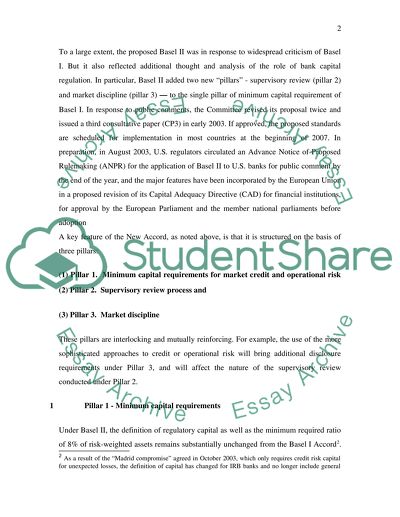Cite this document
(“Banking Essay Example | Topics and Well Written Essays - 3750 words”, n.d.)
Retrieved from https://studentshare.org/miscellaneous/1529417-banking
Retrieved from https://studentshare.org/miscellaneous/1529417-banking
(Banking Essay Example | Topics and Well Written Essays - 3750 Words)
https://studentshare.org/miscellaneous/1529417-banking.
https://studentshare.org/miscellaneous/1529417-banking.
“Banking Essay Example | Topics and Well Written Essays - 3750 Words”, n.d. https://studentshare.org/miscellaneous/1529417-banking.


